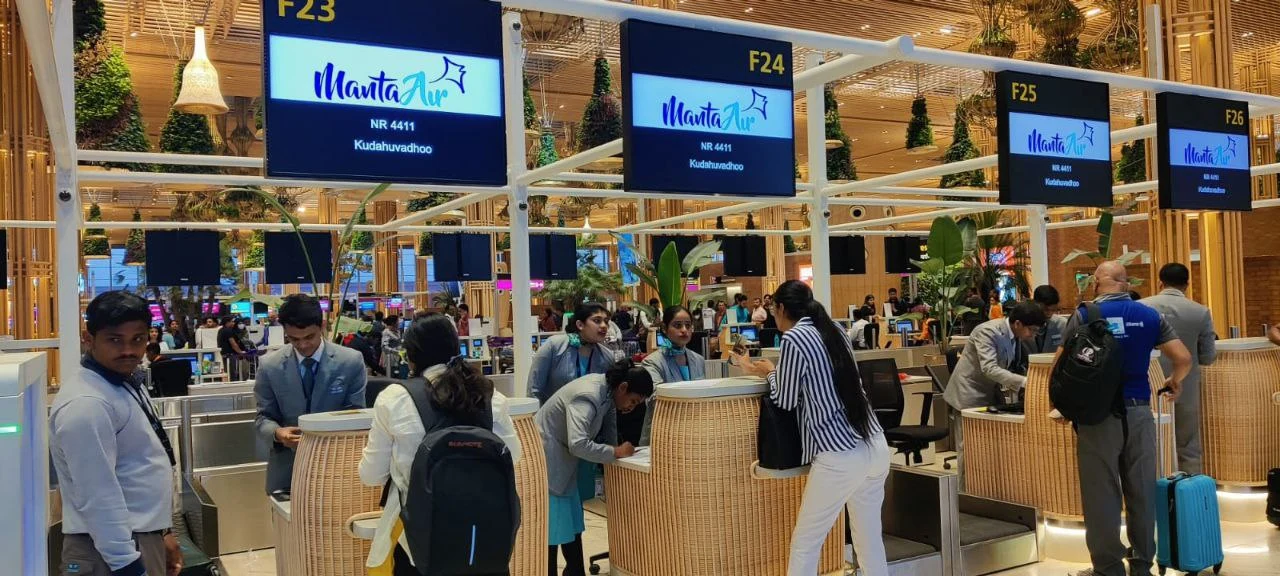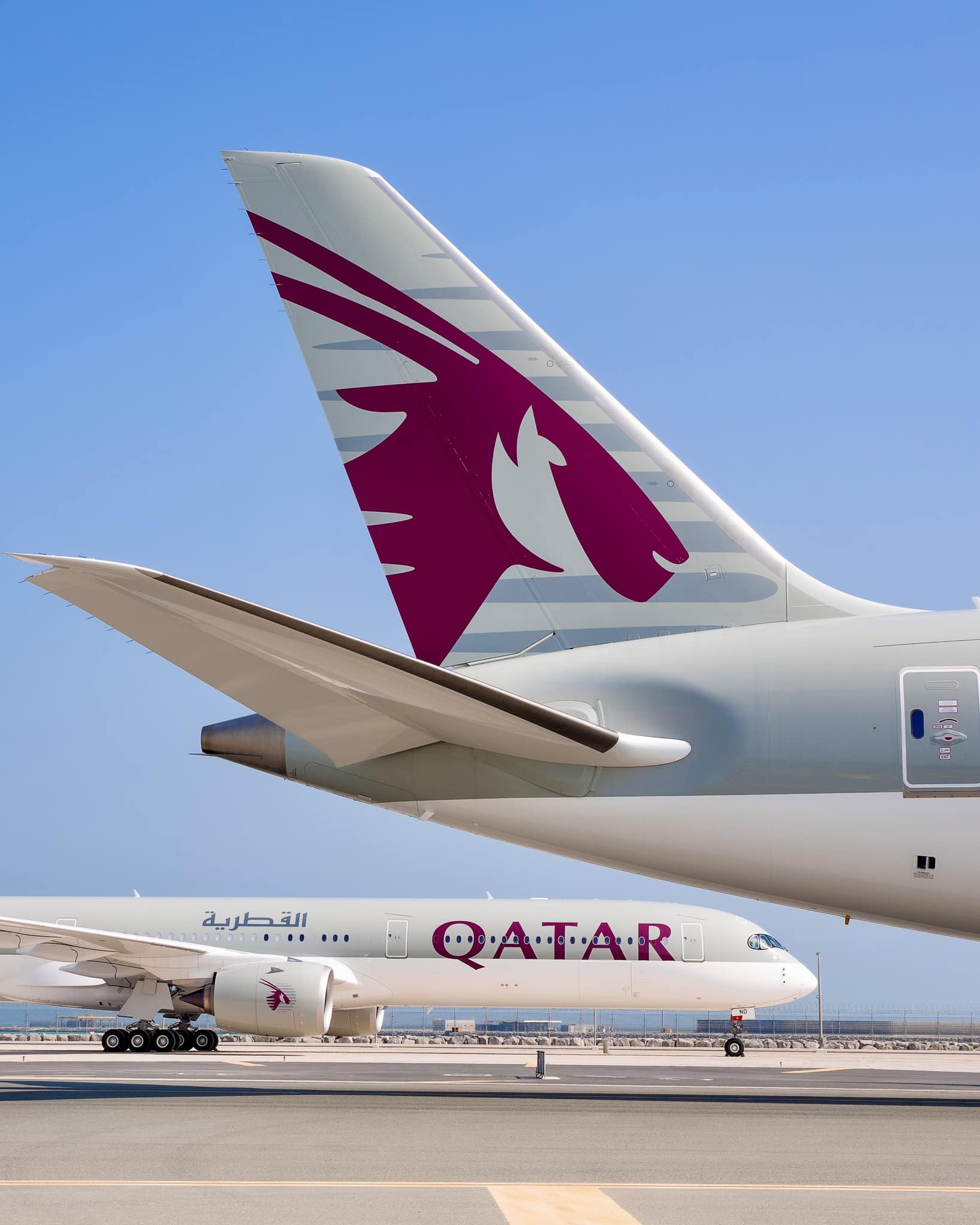The Ritz-Carlton Maldives, Fari Islands is set to elevate the luxury experience this final quarter of 2024. The resort offers guests an array of extraordinary experiences, from dining with world-renowned chefs to indulging in creative mixology sessions. With captivating Halloween events and festive season celebrations. The Ritz-Carlton Maldives continues to lead the way in luxury celebrations across the Maldives.
Culinary Mastery with Chef Rolf Fliegauf
From November 13th-14th, 2024, The Ritz-Carlton Maldives, Fari Islands, hosts the culinary genius of Chef Rolf Fliegauf, a two-Michelin-starred chef from Switzerland renowned for his precision and innovative flavor combinations. Guests can embark on a big game fishing expedition. Followed by dining experiences where Chef Rolf’s. The culinary artistry blends seamlessly with the rich, natural flavors of the Maldives, creating an unforgettable feast.
Cocktail Artistry: Wax On and The Cambridge Public House
The Ritz-Carlton Maldives, Fari Islands, becomes the stage for extraordinary mixology events this November and December. From November 22-23, 2024, Wax On. Ranked 29th on the World’s 50 Best Bars list, brings the vibrant and eclectic spirit of Berlin’s cocktail scene to the resort. Guests will indulge in some of the world’s finest cocktails crafted with bold flavors and inventive techniques within the stunning island setting.
Following that, from December 5-6, 2024, The Cambridge Public House, ranked 38th on the same prestigious list, infuses the resort with Parisian charm. Head bartender Hyacinthe takes over EAU Bar, offering guests a sophisticated taste of Paris through expertly crafted cocktails that blend the French capital’s elegance with the Maldives’ tropical allure.
Autumn Festival & Halloween Celebrations
From October 30 to November 5, 2024, The Ritz-Carlton Maldives, Fari Islands, celebrates the Autumn Festival with a series of engaging activities and themed dining experiences. Guests will dive into underwater explorations with marine biologists, enjoy snorkeling adventures, and participate in autumn-inspired craft workshops. The special programming for Ritz Kids & Teens includes pumpkin-themed crafts, a fashion show, gymnastics, and a Castaway Sandbank experience. Wellness enthusiasts can partake in restorative yoga, DIY beauty sessions, and fitness classes like Killer Abs and Beach Body Blast. The celebrations culminate in an Autumn Carnival and a Halloween feast, where seasonal flavors blend with a lively, festive atmosphere.
Festive Season at EAU: Reflection & Renewal
The resort invites guests to embrace the spirit of renewal with festive celebrations inspired by the element of water. From December 22, 2024, to January 9, 2025, the resort immerses guests in a series of events and activities celebrating the beauty and energy of water. Symbolizing life, renewal, and transformation, water’s various forms. From flowing rivers and serene lakes to shimmering ice and cascading waterfalls—are artfully interpreted throughout the hotel.
This festive season features Gala Dinners and special dining events. Rejuvenating wellness sessions at The Ritz-Carlton Spa. Underwater explorations with the Ambassadors of the Environment, offer a truly immersive experience.
The Ritz-Carlton Maldives, Fari Islands continues to deliver an unparalleled escape, catering to every traveler’s desires. From luxurious dining experiences to engaging family activities and revitalizing wellness sessions.







